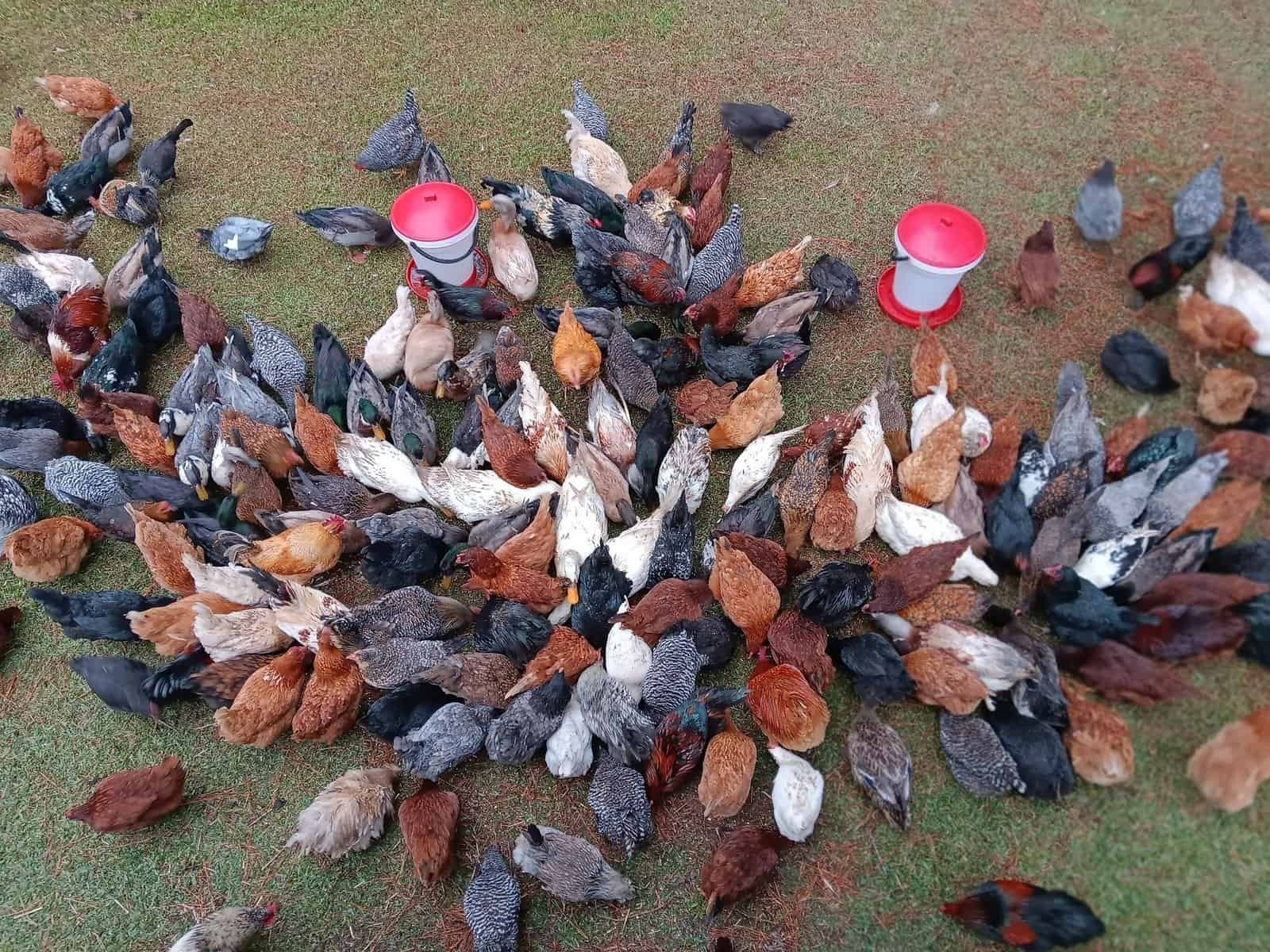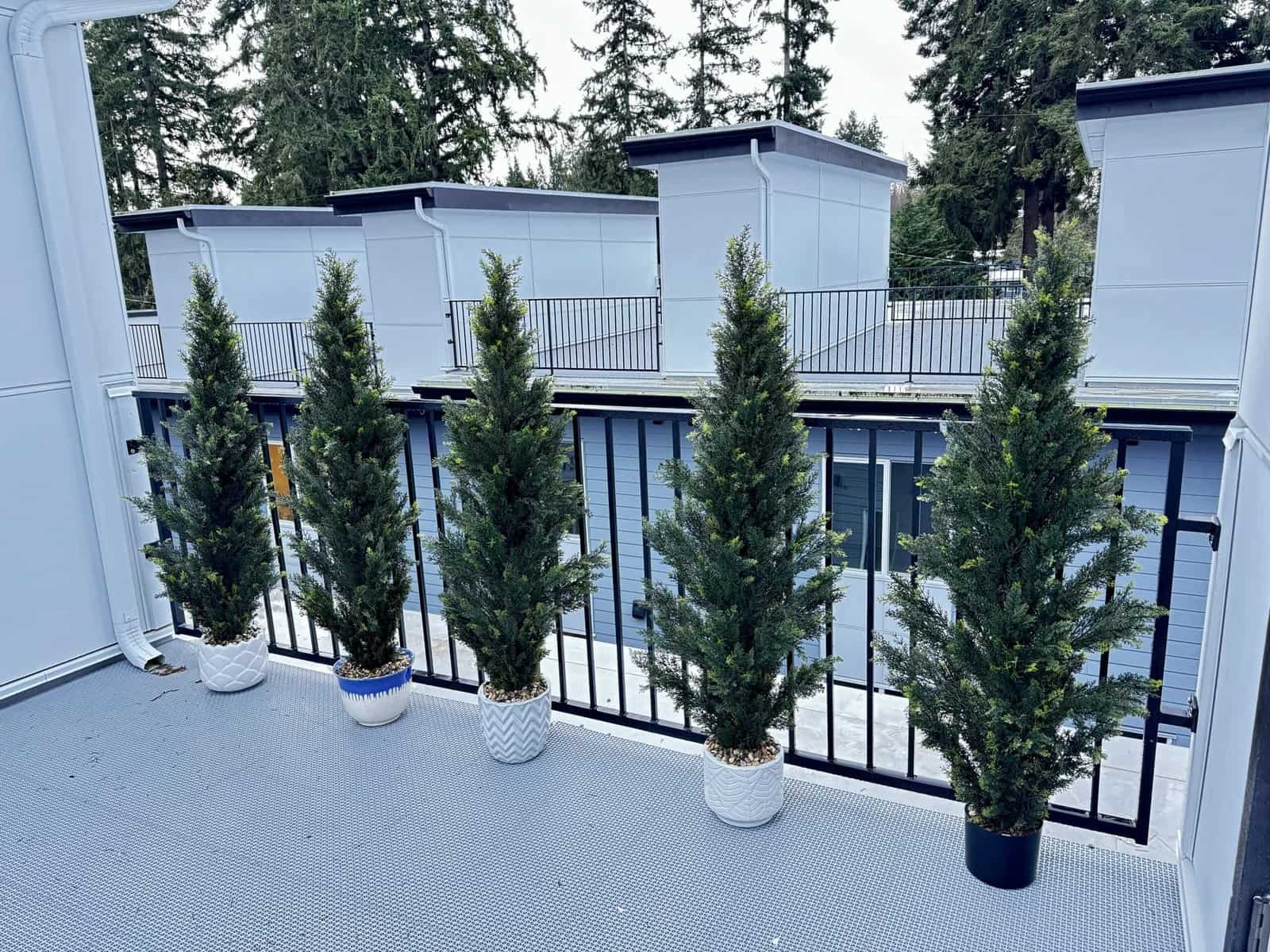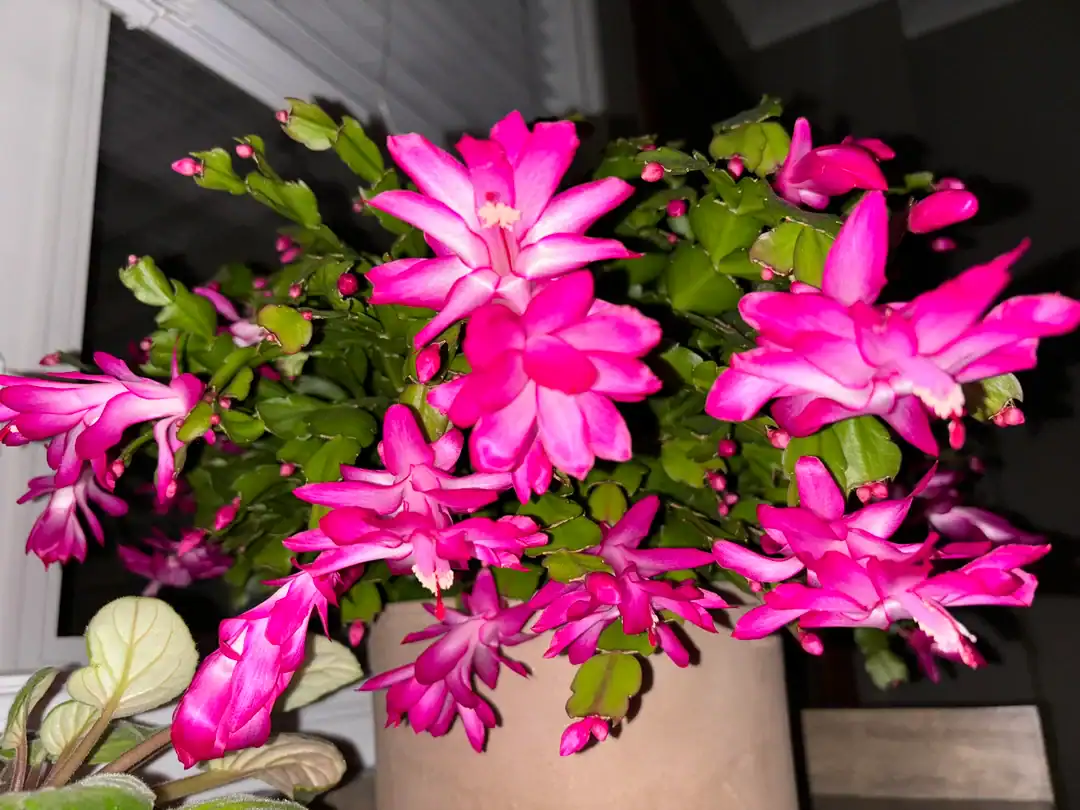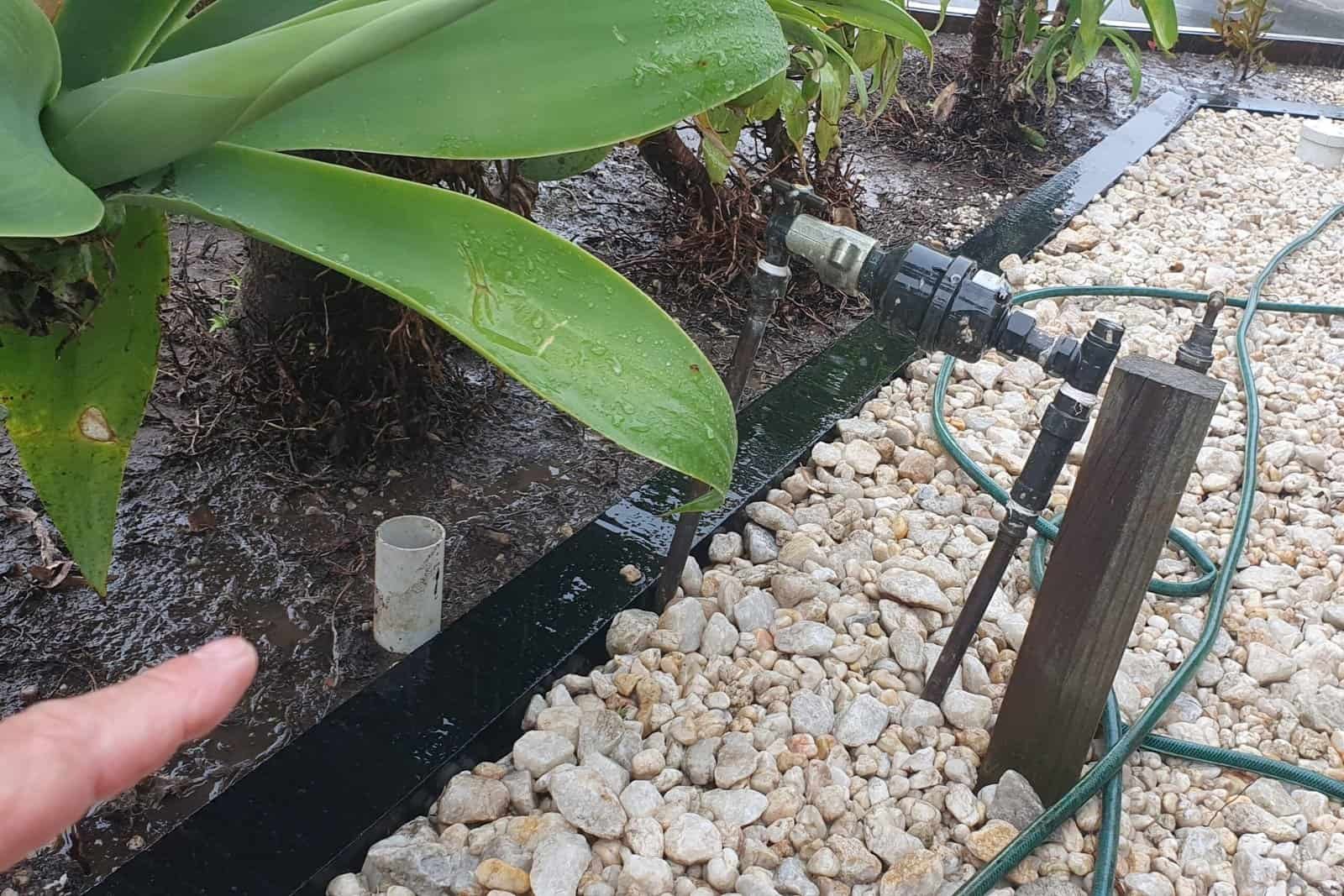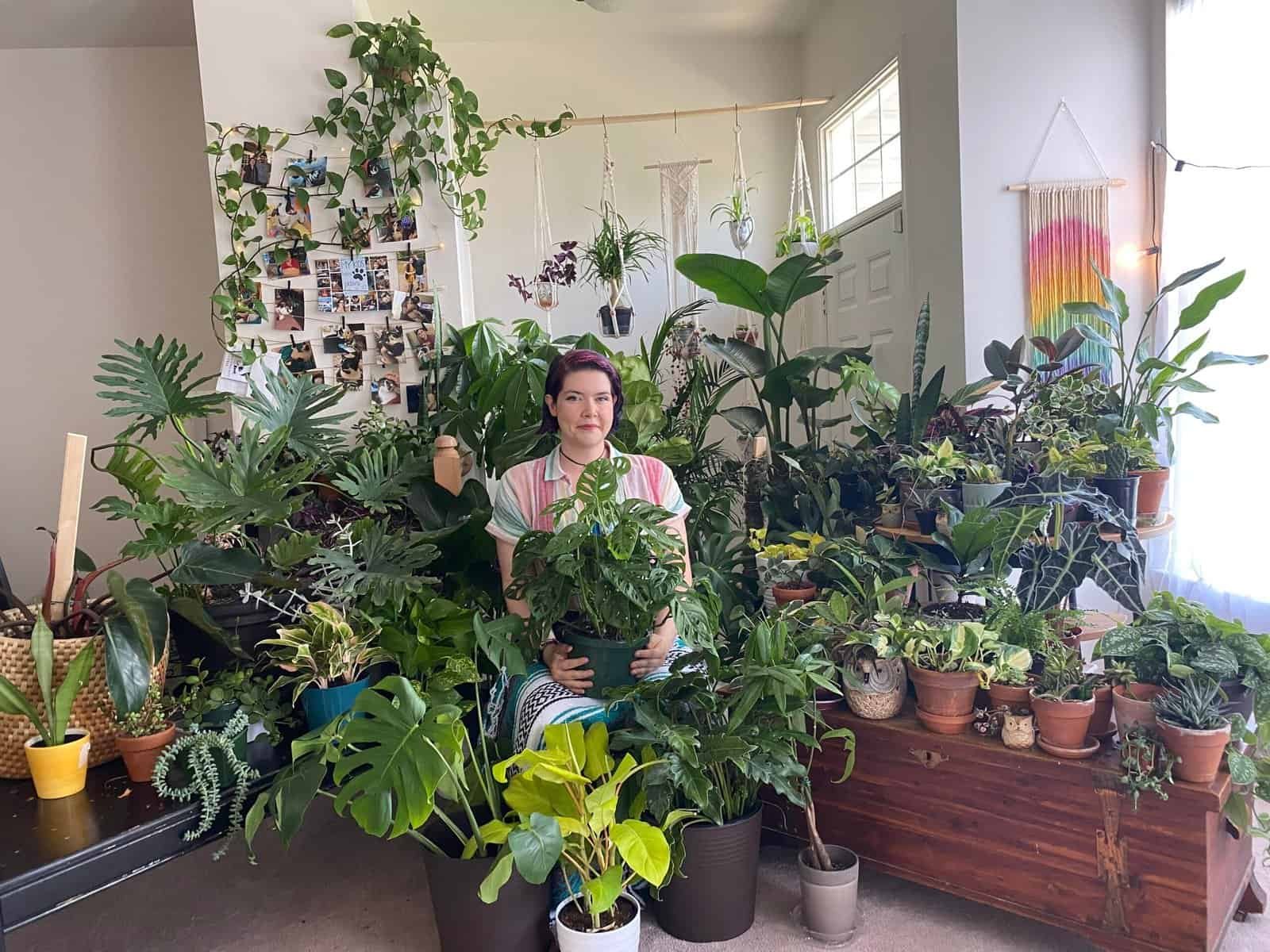Are you thinking about growing watermelons but short on space? I’ve got a great method that lets me grow big, juicy melons—even in containers!
In this post, I’ll show you how I plant watermelons in fabric pots, build a simple trellis, choose the right soil and fertilizer, and share a few personal tips from my experience. If you’re growing in pots, too, you’ll love how easy and fun this is!
Contents
Best Container Size for Watermelons
Finding the right container is the first big step. It can make a huge difference in how your watermelon grows.
Why Large Pots Work Better
I always use the biggest pots I can get my hands on. Right now, I’ve got three fabric pots—two are 20-gallon, and one is 25-gallon.
Watermelons are heavy feeders with big root systems, so they need lots of room to stretch and grow. If you’re serious about growing healthy watermelons, 20 gallons should be your minimum.
What Happens with Smaller Containers
You could use a smaller pot, but I wouldn’t recommend it. It just creates more work. You’ll end up watering more often because the soil dries out quickly.
Trust me, I’ve been there—and it’s not fun in the summer heat!

Easy DIY Trellis for Container Watermelons
Once I set up my pots, I move on to building the trellis. Watermelon vines grow long, so a good support system is essential.
Why You Need a Trellis for Vining Plants
Watermelons have sprawling vines that can take over your whole garden if you let them! That’s why I build a vertical trellis. It frees up ground space and keeps things tidy.
Plus, it improves airflow and makes harvesting easier.

How to Build a Cheap and Strong Trellis
Here’s my go-to setup:
- An old tomato cage

- Three garden stakes for each pot

I use cages that are a little beat up. They still work great! I flip them upside down and set them on the soil.
Then, I bend the wires at the top and hook them together. That makes the cage more secure.
Next, I take the three stakes and push them down into the pot. I make sure to weave them between the cage wires. That adds strength and keeps the structure from wobbling.
I don’t place the tomato cages right side up because they don’t stay stable that way.
This method works so well! The upside-down cage gives the vines more vertical room to climb. Depending on how your variety grows, you might still need to let some vines trail out of the pot.
But even so, this setup saves tons of ground space.
Best Soil Mix for Watermelons in Pots
Now, it’s time to prep the soil. This is where the magic starts!
Loose, Well-Draining Soil Is Key
Watermelons love loose, airy soil. I always use a high-quality potting mix that drains well. That way, I avoid soggy roots and give the plants a strong start.
Fertilizer Tips for Strong Vines and Leaves
Before planting, I mix in some Espoma Plant-Tone. It’s a balanced organic fertilizer that contains nitrogen, phosphorus, and potash.

I also add a bit of Blood Meal—it’s got 14% nitrogen! That’s exactly what watermelon plants need early on to grow long vines and big leaves.

I sprinkle some fertilizer into the soil and also add a little more right into the planting hole. Then I mix it in well. This keeps my plants fed for the next few weeks.
I want them to grow lots of leaves before they start flowering and setting fruit.
How to Transplant Watermelon Seedlings
Now comes the exciting part—planting the seedlings!
Handle Roots Gently When Planting
I carefully take my watermelon start of the container. The roots look great! I gently loosen them just a little—but not too much. Watermelon roots don’t like being disturbed.
Then, I place the seedling in the hole and push the dirt back around it.

Water and Monitor Seedlings Daily
Right after planting, I give it a good soak. I always check on my transplants every day, especially early on. The roots can dry out super fast until the plant gets established. A little daily care goes a long way!

How to Direct Sow Watermelon Seeds
Sometimes, I plant seedlings, and sometimes, I sow seeds directly into the pot. It depends on the situation.
Sow at the Right Depth for Good Germination
In my second pot, I had planned to plant “Moon and Stars,” but the seeds didn’t sprout. So, I planted an “Orange Glow” seedling as a backup.
I’m also trying to replant the “Moon and Stars” seeds by direct sowing.

Here’s how I do it:
- Poke holes in the soil as deep as the first joint of your finger.

- Drop in the seeds, cover the holes, and water them well.

Thin Seedlings to Keep One Strong Plant
If the seeds sprout, I’ll thin them down to just one strong seedling. I’ll remove the Orange Glow and keep the Moon and Stars.
But if they don’t sprout, I’m happy I had the Orange Glow as backup!
Tips for Growing Different Varieties
Each pot has its own little story. I like to mix things up and grow several types of watermelons.
Backup Plans When Seeds Don’t Germinate
As I mentioned, sometimes seeds don’t sprout. Having a transplant ready helps save time and effort. It’s a good habit to have a plan B!

Growing Volunteers from Last Season
In my third pot, I’m growing two little seedlings I dug up from my garden. They’re volunteers from last year!

One watermelon rotted on the ground, and I didn’t notice it until the foliage died back. Now I’ve got mystery seedlings—and I’m excited to see what they become!
Watermelons cross-pollinate easily, especially when you grow multiple varieties. That makes volunteer plants a fun surprise.
Once the seedlings grow more, I’ll choose the stronger one and remove the other.

My Personal Watermelon Container Growing Tips
Every detail counts when you grow watermelons in pots. Here’s what I always keep in mind.
Container plants dry out much faster than those in the ground. I make it a habit to check the soil daily, especially right after planting.
Keeping the soil evenly moist helps those roots stay happy and healthy.

Final Thoughts
Growing watermelons in containers is easier than it looks—and super rewarding! You can enjoy delicious melons in any space with the right pot, soil, trellis, and care.
I hope my setup and tips help you with your garden.

